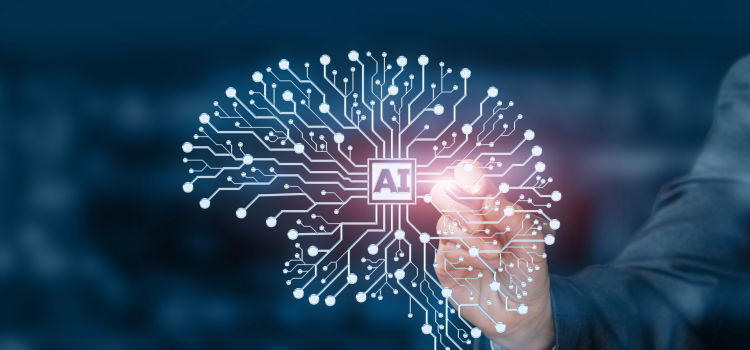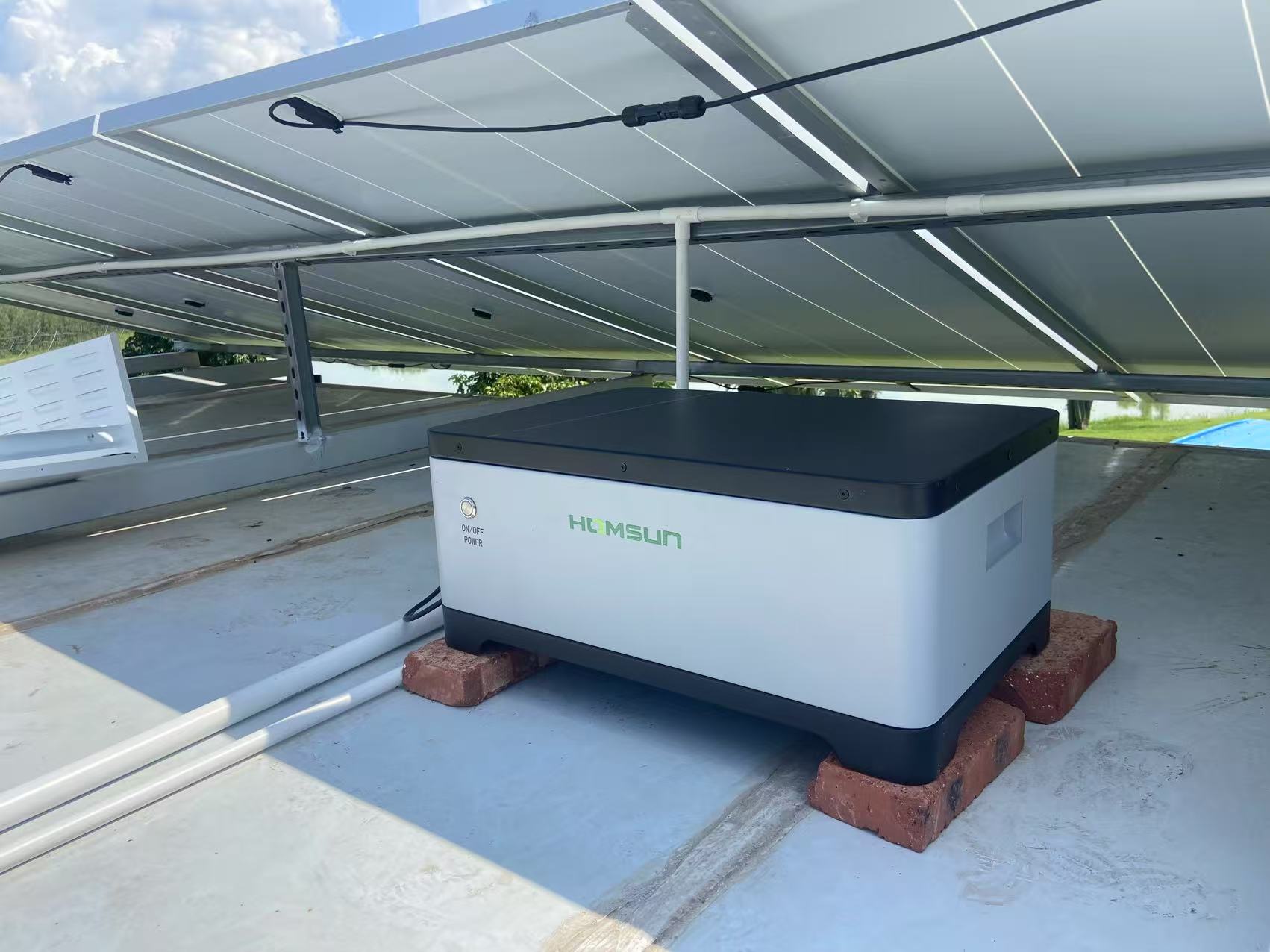AI's High Energy Consumption Drives Energy Storage Revolution: 2025 Energy System Ushers in Intelligent Leap

[March 2025 Industry Insights] As artificial intelligence technology explodes in development, a "digital iron triangle" composed of algorithms, computing power, and electricity is reshaping the global energy landscape. With the advancement of the "High-Quality Development Guidelines for Green Electricity Certificate Markets" by the National Data Administration (requiring data centers' green power consumption to exceed national averages by 2030), the energy storage industry is transitioning from backstage to center stage, becoming the key to solving AI's energy dilemma.
Computing Surge Triggers Energy Alerts
According to the latest IEA report, China's data center electricity consumption has risen from 3% in 2023 to 5.8% in 2025, with AI computing centers consuming 5-8 times more power per cabinet than traditional data centers. Guosheng Securities research indicates global AI infrastructure-related power demand is soaring at a 25% CAGR, projected to exceed 96GW by 2026.
Industry Challenges Focus on Two Aspects:
① Grid impact during computing peaks (an AI leader's data center instantaneous consumption reaches 80MW, equivalent to a small town's usage);
② Strict power quality requirements for precision chips (voltage fluctuations exceeding 2% may cause equipment losses worth tens of millions). The successful operation of China Telecom Anhui's 25 MW/200 MWh energy storage system validates the economic viability of the "renewables + storage" model.
Dual-Track Breakthroughs in Storage Tech
Short-Term Response: 2025 witnesses two technological leaps—Google's 10ms seamless switching tech and GDS Zhangjiakou's 95%-accuracy digital twin prediction system, pushing green energy utilization beyond 90%.
Long-Term Storage: Solutions like CECEP Solar Energy's 8-hour liquid-cooled systems, aligned with national manufacturing plans, address renewable intermittency. CSC Financial reports show integrated solar-storage systems can boost green coverage to 85% while cutting lifecycle costs by 40%.
New Synergy Paradigm
Leading firms deploy a three-tier energy system:
① Rooftop PV + microgrids achieve 30% self-sufficiency;
② Hydrogen storage handles >72-hour power gaps;
③ AI dispatch systems optimize consumption ratios in real-time. Beijing HyperStrong's data reveals machine learning boosts storage utilization by 23% with 91% fault early warning accuracy.
Industry Challenges: Current 1MW storage system costs remain high (¥1.8-2.5 million), and battery cascading use technology lags. However, the 2025 Renewable Energy White Paper predicts storage costs will drop below ¥0.3/kWh by 2027, driven by sodium-ion battery scaling and power market reforms.




